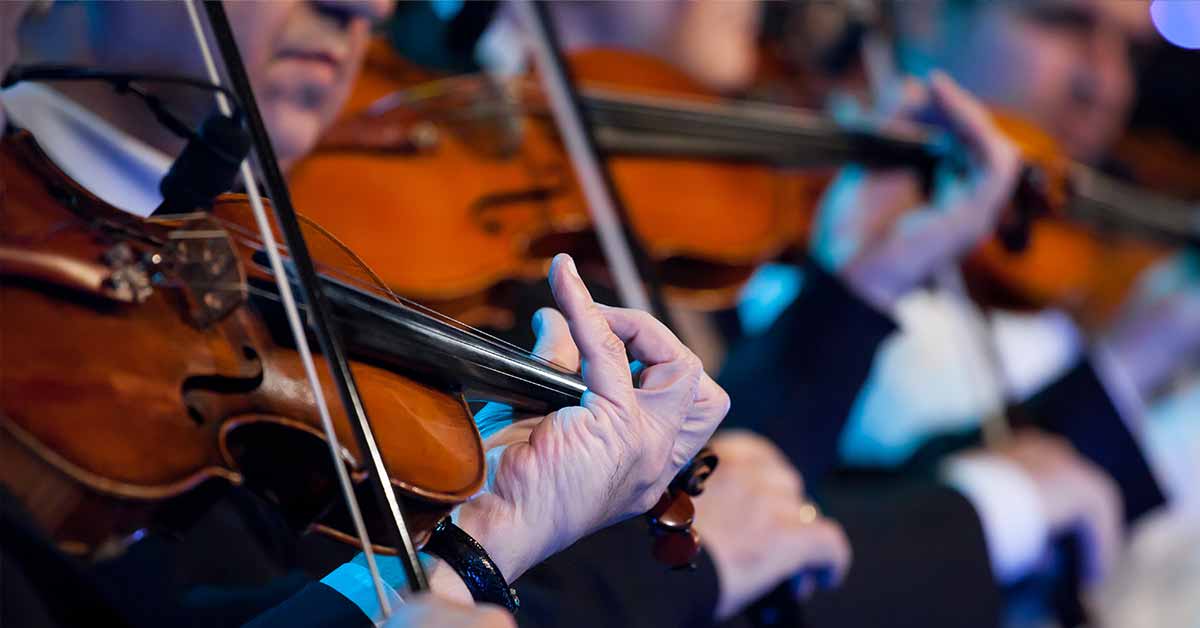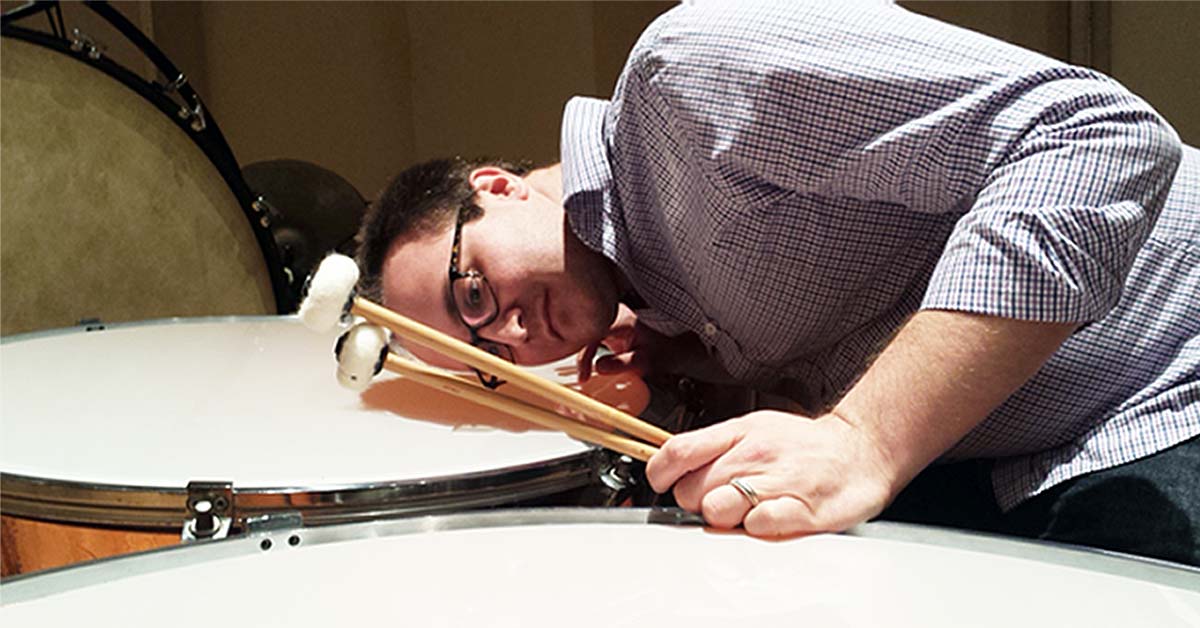In the wake of rising oil prices and increased interest in environmentalism, there has been substantial attention focused on the Slow Food movement. Some of the basic ideals behind the 20 year old movement include opposing fast food in favor of learning to taste and enjoy a meal, favoring organic and/or family farms over industrialized farms, and teaching gardening to develop a new appreciation for where food comes from.
As recently as a few years ago, many considered the Slow Food movement as a gimmick created by a small group of culinary elitists. Most people thought that organic produce wasn’t worth the extra expense and that traditional small family farms were inefficient. As a result, the current system of transporting food grown at huge industrialized farms across the county became the staple of food consumed by those in this country. And really, who had time to sit down enjoy a meal anyway?!
At the same time, those very people were completely unaware that within the space of a decade shipping foods across the country from industrialized farms would eventually cost more in oil than the food item’s actual value. But now, concerns over environmental issues and the skyrocketing price of oil have helped bring the principles of the “elitist” Slow Food movement to the forefront and people are looking to those principles to provide answers that can address their concerns.
Organic farming doesn’t pollute the land like industrialized farms and organic foods are proven healthier. Eating slower and actually tasting food is not only better for us but more enjoyable. As more and more people discover the value in these principles, the demand for organic and locally grown foods has helped provide a firmer support base that encourages more farmers to invest in these practices. This has led to the cost of organic foods to become more competitive with their industrially grown counterparts.
As I became educated about the Slow Food movement the similarities between it and the world of classical music were similar. Also criticized for being elitist, classical music can be compared to the Slow Food movement almost point by point. I first read about the Slow Food movement in Michael Pollen’s Omnivore’s Dilemma and again in his follow-up book In Defense of Food: An Eater’s Manifesto.
“Slow Food aims to elevate the quality over quantity and believes that doing so depends on cultivating our sense of taste as well as rebuilding the relationships between producers and consumers that the industrialization of our food has destroyed.”
“To eat slowly, then, also means to eat deliberately, in the original sense of the word: ‘from freedom’ instead of compulsion. Many food cultures have rituals to encourage this sort of eating, such as offering a blessing over the food or saying grace before the meal. The point, it seems to me, is to make sure that we don’t eat thoughtlessly or hurriedly, and that knowledge and gratitude will inflect our pleasure at the table.”
Whether it is learning to enjoy a long piece of music, taking the time to learn to play an instrument, or understanding why an orchestra ticket costs more than a movie ticket, the field of classical music is looking for ways to overcome many of the same obstacles the Slow Food movement has conquered. In Part 2, I want to look at how classical music could benefit from following some of the same approaches the Slow Food movement has been using over the past two decades to move from being pegged by those outside the movement as an elitist niche toward mainstream acceptance.











1 thought on “The Slow Movement, Part 1”